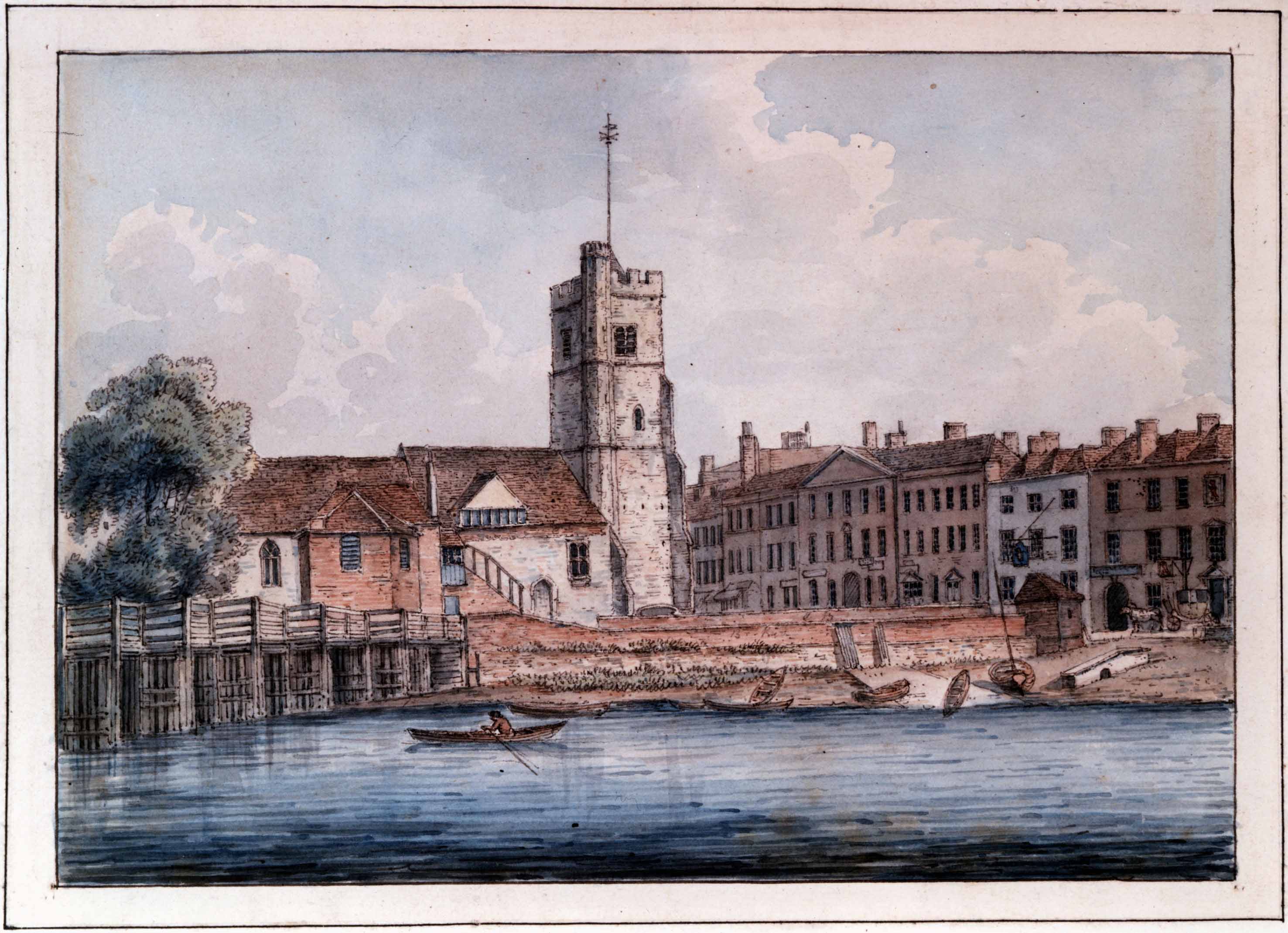|
WHY
St MARY'S CHURCH PUTNEY
|
The Putney Debates Exhibition
|
Why
Putney?
|
Putney
in 1647 was a small Thames-side town of about 900 people, strung out
along the High Street and the nearby parts of the river bank.
Its closeness to London, just six miles away and easily
accessible by horse, coach or boat, not only attracted the Army in
1647 but also largely determined the character of the place.
Putney
was an ideal location for the Debates; easy access to London, whilst
maintaining a healthy distance between parliament and the army.
Although
he did not take a significant role in the Debates, the fiery local
preacher Hugh Peters (one of the founders of Harvard University) who
often preached at Putney, was Cromwell’s chaplain.
The
church was crammed with pews, many of them reserved for the occupants of the
great houses, and was designed to enable people to see and hear the
preaching of sermons delivered from a pulpit, rather than for large
numbers of people to hold debates. |

|
|
Illustration:
St Mary's Church797 - Mike Bull Collection
Putney’s
church, St Mary’s, stood by the river.
Its successor still stands there (by the bridge), and the
tower, Bishop West’s chapel (re-sited) and three of the columns
(heightened and re-sited) have survived from the church used by the
Army in 1647. It had been greatly restored 20 years earlier, when the first
of many galleries was added to cope with the rising population.
|
|
Putney's
closeness to London largely determined the character of the place. One
aspect of this was that about 40% of the householders employed locally
were described as watermen. The
other aspect of London’s closeness was that it attracted gentlemen,
office-holders and merchants, who occupied the 16 or so large houses
and tended to use them as summer houses or for long weekends.
The inhabitants of these houses dominated the town, owning most
of the land, employing most of the people, either as servants or
tradesmen, and controlling the parish vestry, which dealt with matters
such as poor relief.
The
watermen worked on the cross-river ferry to Fulham (there was no
bridge yet), on the long ferry to London and in goods transport, and
the Army must have provided good business for them. |
.
Nicholas
Lane Map 1636, Wandsworth Historical Society |
|